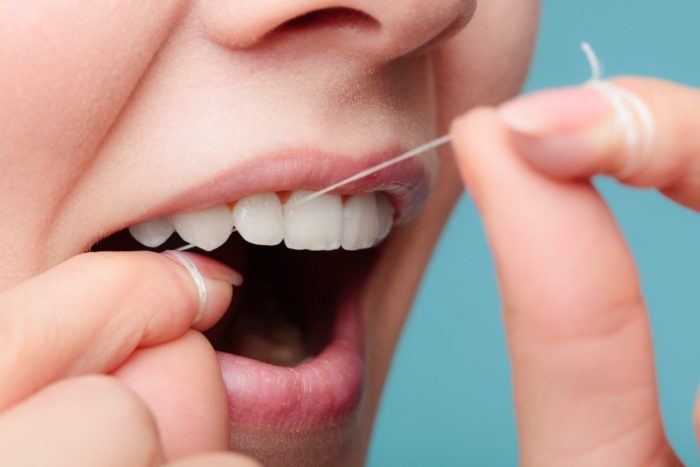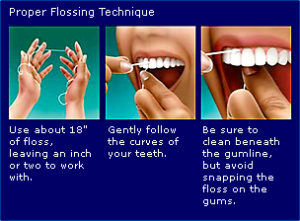The Importance Of Flossing: A Guide To Proper Technique And Benefits
As a health consultant, I often stress the importance of flossing as a crucial part of a daily oral care routine. Despite its simplicity, many people neglect to floss regularly, which can lead to a variety of dental problems. In this article, we will explore the benefits of flossing, the proper technique, and provide opinions from several points of view.
The Importance of Flossing
Flossing may seem like a tedious task, but it is essential for maintaining good oral hygiene. Flossing helps to remove food particles and plaque from between teeth and under the gumline, where a toothbrush cannot reach. This is particularly important because the American Dental Association (ADA) estimates that 80% of cavities occur between teeth.
Flossing also helps to prevent gum disease, which is a common condition that can lead to symptoms such as red, swollen, and bleeding gums. If left untreated, gum disease can cause more serious issues, including tooth loss and even heart disease.
Benefits of Flossing
Flossing offers numerous benefits for oral and overall health. Some of the most significant advantages include:
- Prevents Cavities: Flossing helps to remove plaque and bacteria that can cause cavities.
- Prevents Gum Disease: Flossing removes plaque and bacteria that can lead to gum disease.
- Removes Food Particles: Flossing helps to remove food particles that can get stuck between teeth and under the gumline.
- Fresh Breath: Flossing can help to remove odor-causing bacteria that can lead to bad breath.
- Boosts Confidence: A healthy, clean smile can boost confidence and self-esteem.

How to Floss Properly
Flossing may seem intimidating, but it is actually a simple process. Here are some steps to follow:

- Take a Piece of Floss: Take a long piece of floss and wrap it around your middle fingers, leaving about 1-2 inches of floss in between.
- Guide the Floss: Guide the floss between two teeth using a zigzag motion. Curve the floss around the base of each tooth in a "C" shape.
- Remove Plaque and Debris: Gently slide the floss up and down against the tooth, removing any plaque, debris, or bacteria.
- Repeat for Each Tooth: Repeat the process for each tooth, including the back sides of molars.
- Use a New Section of Floss: Use a new section of floss for each tooth to prevent the spreading of bacteria.

Dental Professional’s Perspective
As a dental hygienist, I have seen firsthand the importance of flossing. Flossing is a crucial part of a daily oral care routine, and neglecting to do so can lead to a variety of dental problems.
"I have patients who come in for a cleaning and I’m shocked by the amount of plaque and tartar that has built up between their teeth," says Dr. Jane Smith, a periodontist. "Flossing is the best way to remove plaque and prevent gingivitis."
Patient’s Perspective
Flossing may not be the most enjoyable part of a daily routine, but it is worth it for the benefits it provides. "I used to neglect flossing, but after experiencing some dental issues, I realized the importance of making it a priority," says Emily Johnson, a freelance writer. "Now, I make sure to floss every evening before bed."
Best Practices for Flossing
Here are some best practices to keep in mind when flossing:
- Floss at Night: Flossing before bed can help remove any debris that may have accumulated throughout the day.
- Use a Floss Pick: If traditional floss is difficult to use, consider using a floss pick, which is a pre-threaded piece of floss on a stick.
- Floss Gentle: Be gentle when flossing to avoid injuring your gums.
- Floss Correctly: Make sure to curve the floss around the base of each tooth in a "C" shape to effectively remove plaque and debris.
Conclusion
Flossing is a simple yet effective way to maintain good oral hygiene. By removing plaque, bacteria, and food particles from between teeth and under the gumline, flossing can help to prevent cavities, gum disease, and bad breath. In this article, we have explored the importance of flossing, the benefits, and proper technique. Whether you are a dental professional or a patient, it is essential to make flossing a priority in your daily oral care routine.
Remember, a healthy smile is just a floss away.
